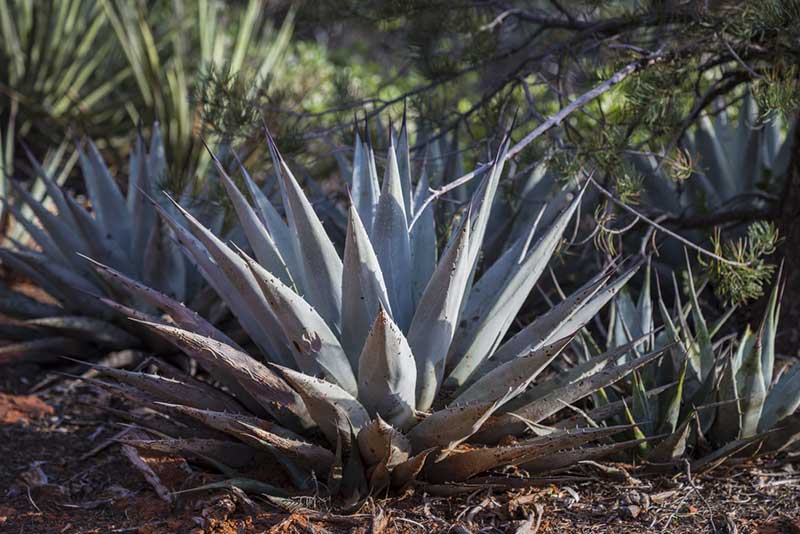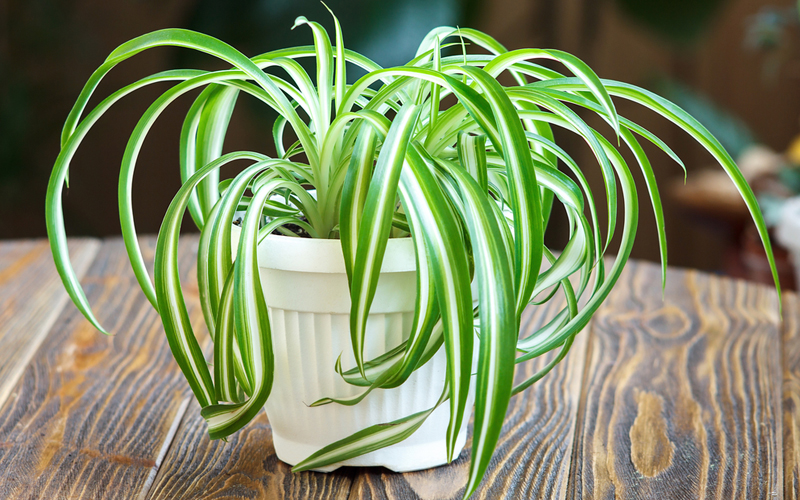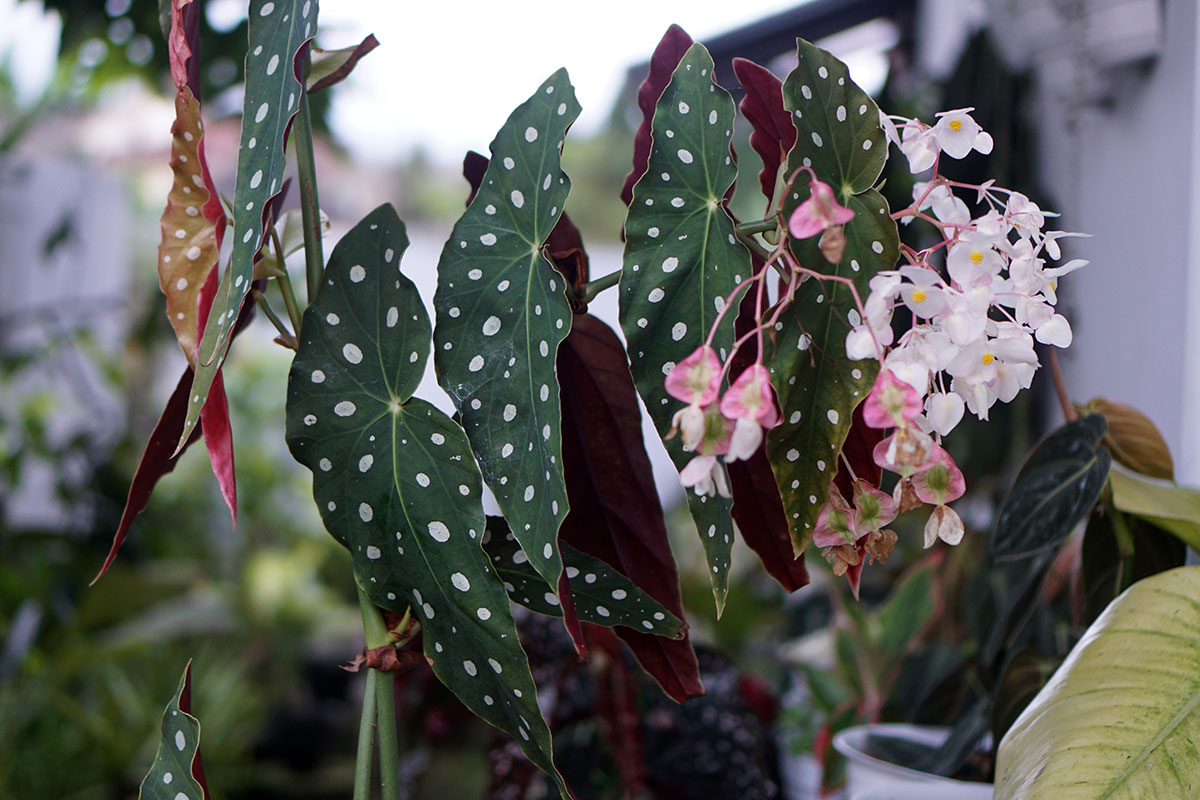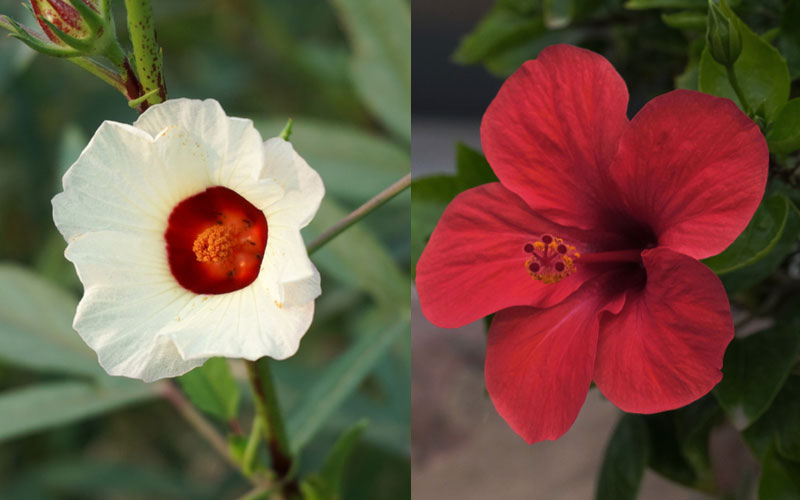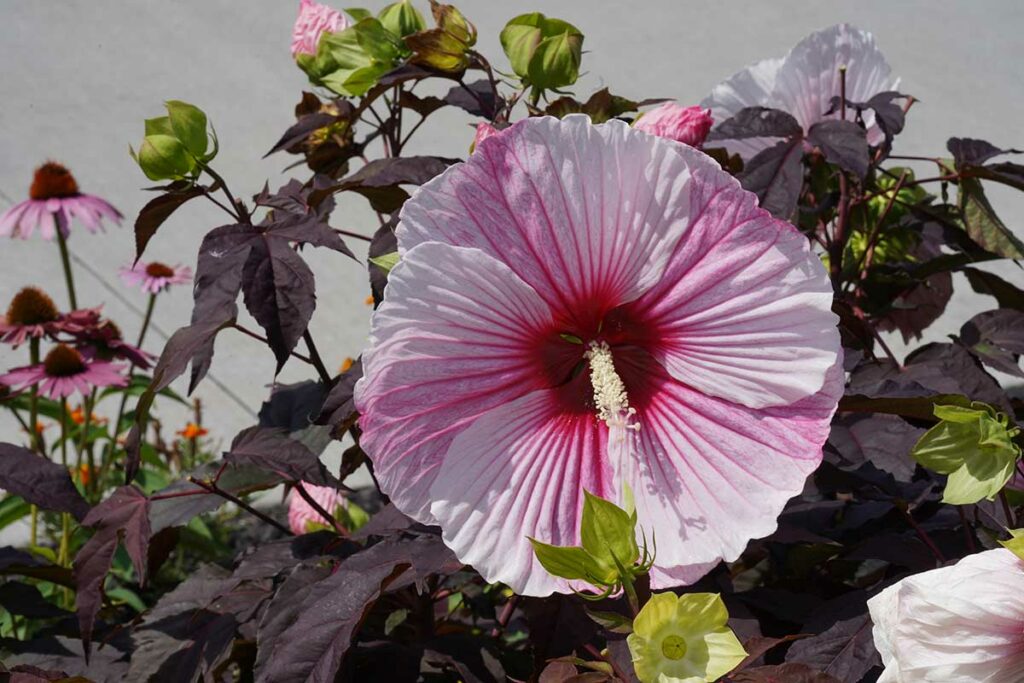The Hibiscus is a gorgeous and popular garden plant that looks good in just about any growing environment. It is one of the easier plants to propagate from cuttings and doesn’t require any specialized skills to grow properly from a cut.
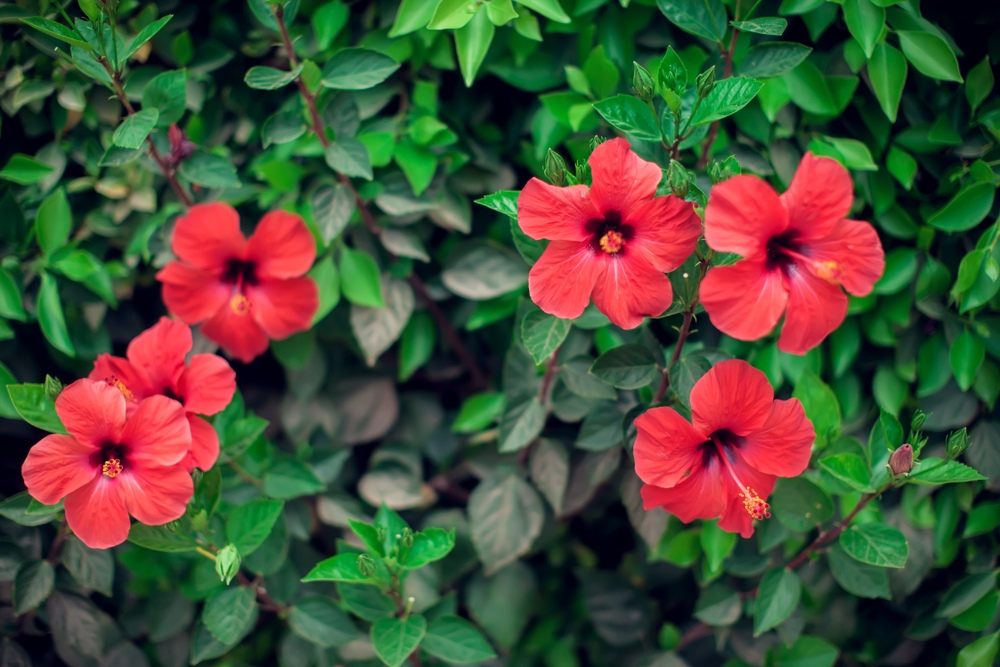
The following steps are fairly simple to follow and require just a few simple tools that you might already have at your home.
Just as importantly, you can save yourself money by cutting hibiscus stems and propagating multiple plants without having to spend much money.
Step One: Take Cuttings From the Hibiscus
Inspect the hibiscus plant and find a healthy stem from which you can take the cutting. You need to find a cutting that is at least four to six inches long, as this is the healthiest length for a hibiscus cutting. The cutting will create an exact copy of the hibiscus plant from which it is cut.
Try to find stems that have flowers because this helps the cutting grow more effectively and grow an attractive plant.
Make sure that you remove all of the leaves from the hibiscus, but the top one to give it more room to grow properly.
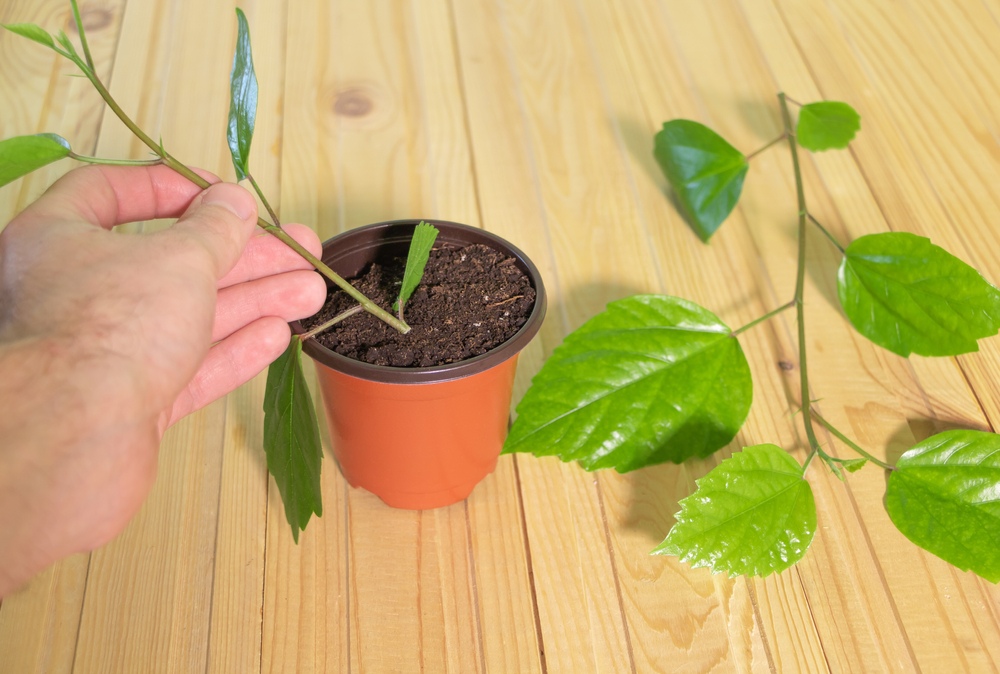
Step Two: Preparing the Hibiscus for Planting
After removing your hibiscus cuts, you need to dip the bottom into a rooting hormone to help it grow more effective. The type of root powder or liquid that you use doesn’t matter much, but Root-tone and other types of similar products usually work fairly well. You can buy these products at a nursery.
Let the stems sit in the root powder while you carefully prepare a pot into which you can place your stems. Remove the cuttings from the powder or liquid if they’re sitting for longer than 15-20 minutes to avoid soaking them too heavily.
Step Three: Prepare the Pot
Choose a pot with a bottom with holes that can drain while you grow the plant. Place soil, peat moss, and perlite in an 8-10 inch pot so that you can place multiple stems in the soil.. Put the cuttings in the pot, water them, and cover the pot with a clear plastic bag.
Now, put a stick in the middle of the pot and place the cuttings against it. As the cuttings grow, they’ll use the stick to grow stronger and straighter. After about a month or two (depending on the stems), they’ll grow roots and can be transplanted into soil.
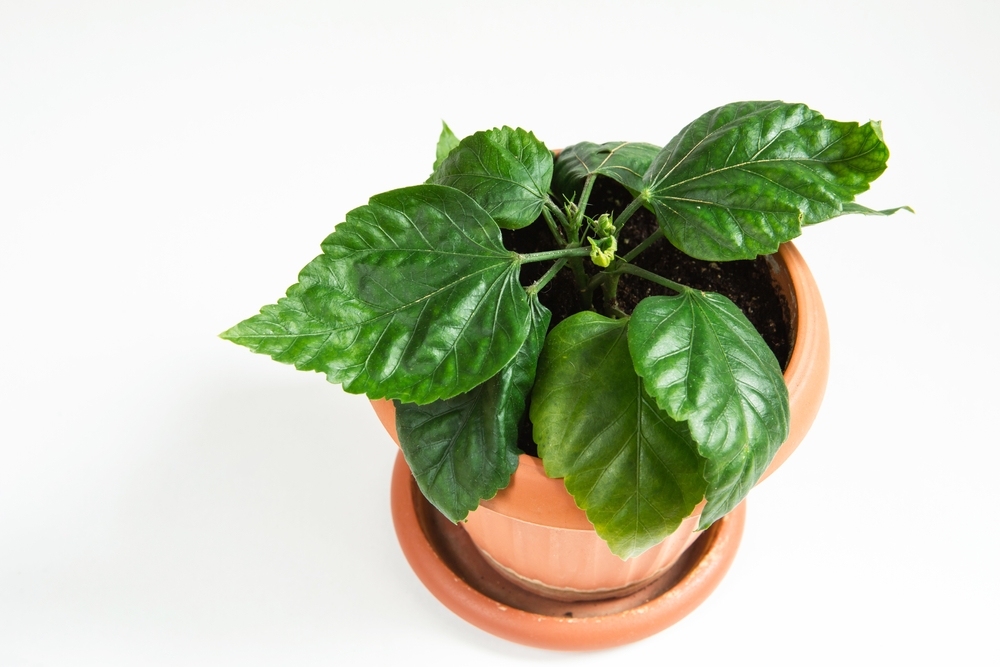
Step Four: Transplant to Individual Pots
Once your hibiscus stems have rooted for a few months, carefully prepare one pot for each stem and transplant one stem into each. Position the stem directly in the middle of the pot to give it room to root and flower as it grows. Water them whenever the soil gets dry to help them grow properly.
Continue to care for your plants until they are at least one foot tall or so. You may want to place a stick in each pot against which the hibiscus can grow. This will keep it straight and ensure that it grows straight without causing curves in the plant.
Step Five: Move the Plants to Your Garden
After your trees hit about a foot or two in height, you can transplant them into your garden or into a greenhouse, if necessary. A greenhouse is typically a more comfortable place to grow your plants because you can more easily control the temperature and heat than you can outside.
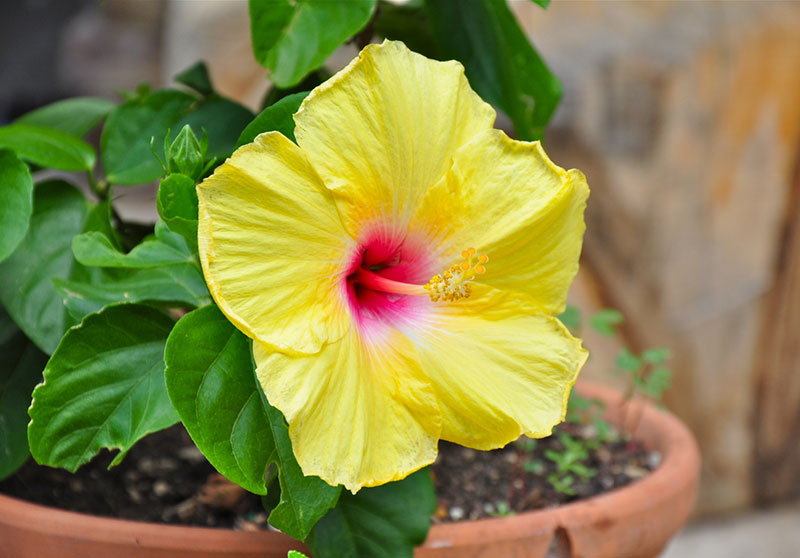
However, a hibiscus is usually a fairly hearty plant that grows well in warm and cold environments. Try to keep out of direct sunlight to avoid burning them.
Be patient and care for them for at least one full season before the hibiscus flowers properly.

